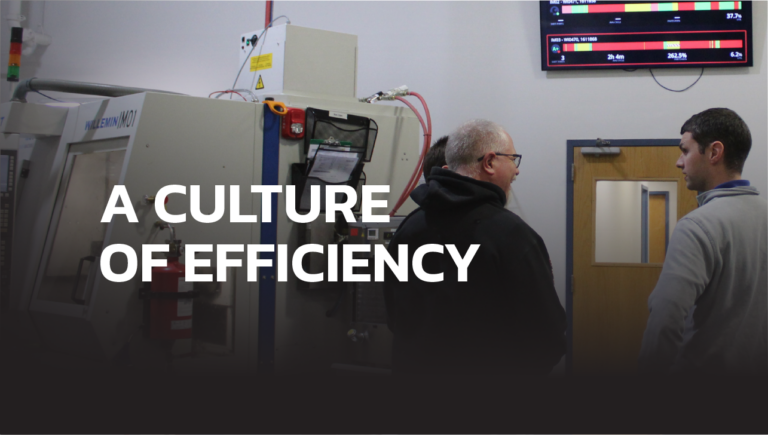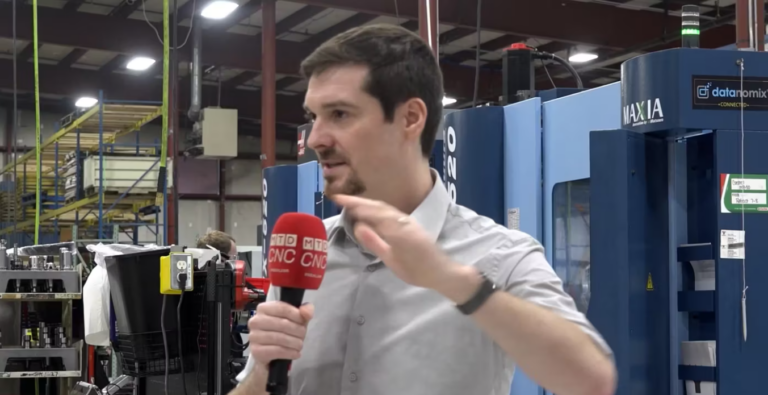How to Survive the Labor Shortage in Industrial Manufacturing
Can’t find good candidates? You are not alone!
The labor shortage that has plagued manufacturing for decades is getting even worse. The main reason is not enough young people are interested in manufacturing to replace the older workers who are retiring. The pandemic didn’t help matters either. What can you do to help ease the pain?
Determine Your Bare-Bones Requirements
The first step in surviving the labor shortage is to take a hard look at exactly how many people you need to deliver quality parts on time for a competitive price. Try to let go of “that’s the way we have always done it” thinking and explore all options. This is a thought exercise and the plan should not be working people into the ground because they will quit.
Invest in Automation and Technology
The single most effective way to counteract a tight labor market is to invest in automation and other technologies to optimize your production process. There are a lot of different options that can help facilities of any size and budget. Everyone knows about robots and cobots which target repetitive tasks, like picking and placing parts, but explore the ROI of other options to choose the best one for your business.

Upskill Your Existing Workforce
Provide training opportunities and other learning experiences to increase your team’s capabilities. This can pay off in a big way by building loyalty and a strong company culture that values innovation. Look for local, state and federal programs that are focused on manufacturing workforce development to help you find and pay for training. Here are a few FREE ones: Alison.com, TitansofCNC, YouTube. It will be easier to higher for your entry-level jobs than for experienced, plus it gives your employees a career path.
Build a Great Company Culture
A great company culture is a HUGE selling point in a tight labor market. In the era of social media and online reviews people have access to a lot of “inside” information. If there are a lot of comments about micro-managing, mistreating employees, or yelling, good candidates have plenty of other options. Create an environment that values and supports employees. This will help attract and retain good people. Recognize achievements, offer good benefits, and ensure a healthy workplace. A happy employee is your best recruiter.
Look in Different Places
Everyone is going to talk to the tech schools, trade organizations, and post on job boards. You should too, but think about other groups that might not have been on your radar before. Retirees, especially teachers, first responders, and healthcare workers are great options. There’s a lot of burnout and people retired as soon as they could and might be looking for something. Then there is the whole gig/consulting economy online. Reach out to people in your area who might be tired of looking for their next customer and want stability. What about having a shift that let’s people who have kids in school work? It’s also worth looking into programs that focus on finding employment for special groups like veterans, former inmates, people transitioning out of homelessness, and people with disabilities. Don’t discount their skills and abilities.
Leverage Data and Analytics
Knowing when and where to focus precious resources is a huge. A robust Production Monitoring system can provide your team with the insights they need to make the best decisions right NOW to meet production targets. Historical data shows you where things are going well and where opportunities to improve are. All of these insights help eliminate wasting time and money on things that are not moving the needle in the direction you want. Be sure to choose a platform that requires No Operator Input. The last thing you want to do is give overworked operators another task.
“Put data and people together and see what they can do. Most people will fix their own things.”
— Jack Russell, Owner, Rolar Products on Manufacturing Mavericks
Don’t Give Up!
There is a solution to every problem and a labor shortage is no exception. Remember to not burn out your employees (or yourself) by trying to just work harder. Embrace technology, optimize every process, build a culture that makes people proud to be a part of it, be open to non-traditional workers, and try to make it a little fun for everyone. These strategies will help get you through the current labor crisis and position your company for a successful future.
Here is a program called Shop Rescue on YouTube where two brothers were working insane hours trying to keep their shop afloat. They reached out for help, got it, and you won’t believe the turnaround!






